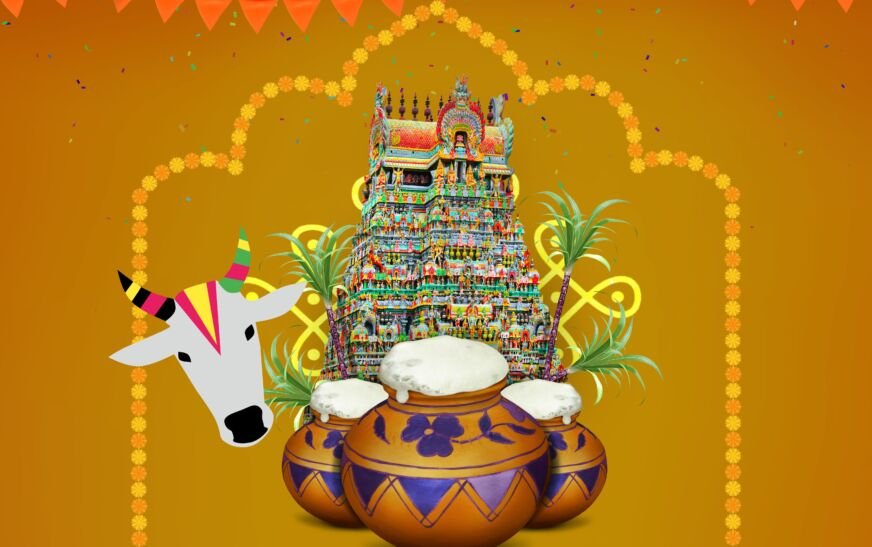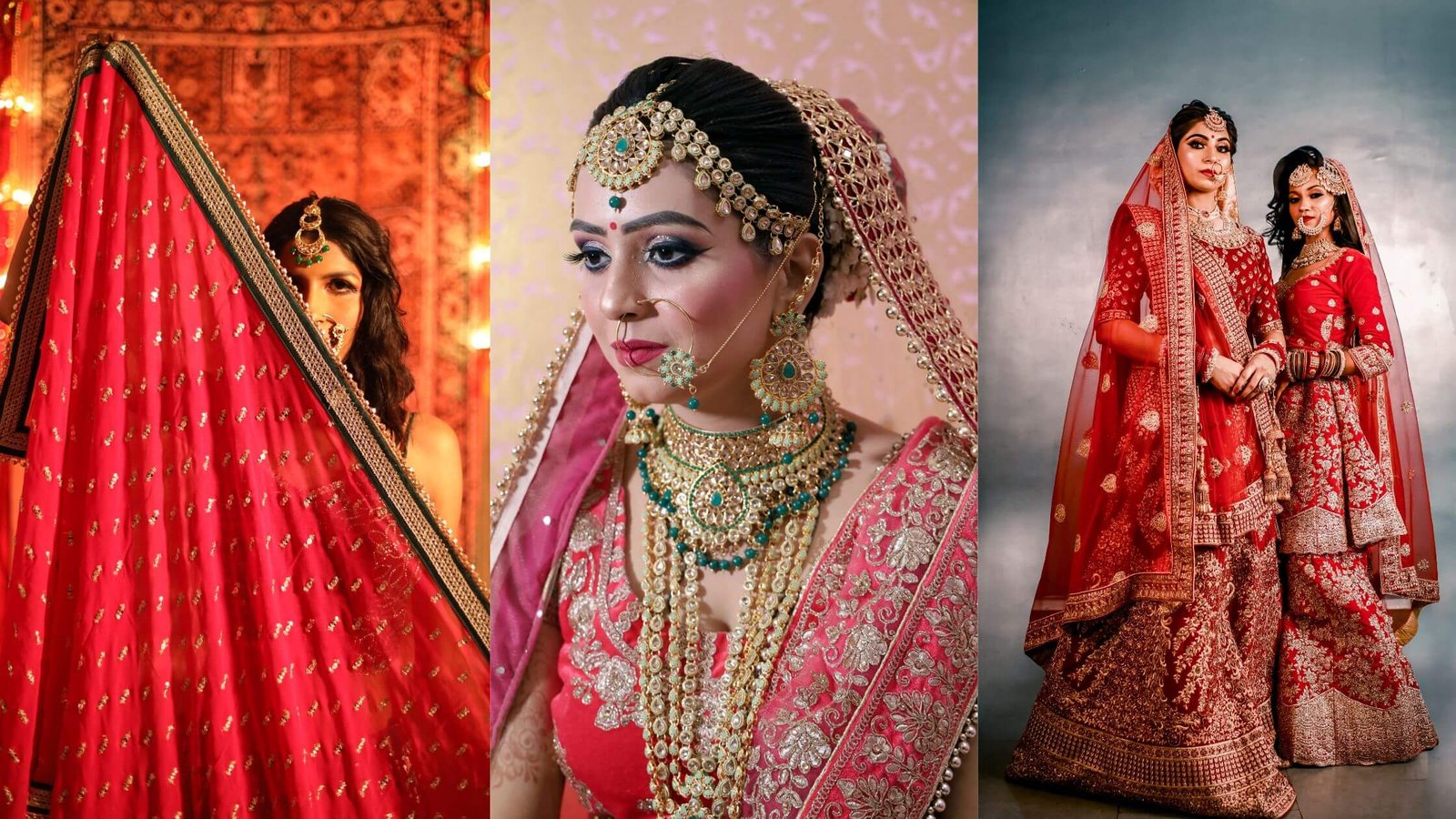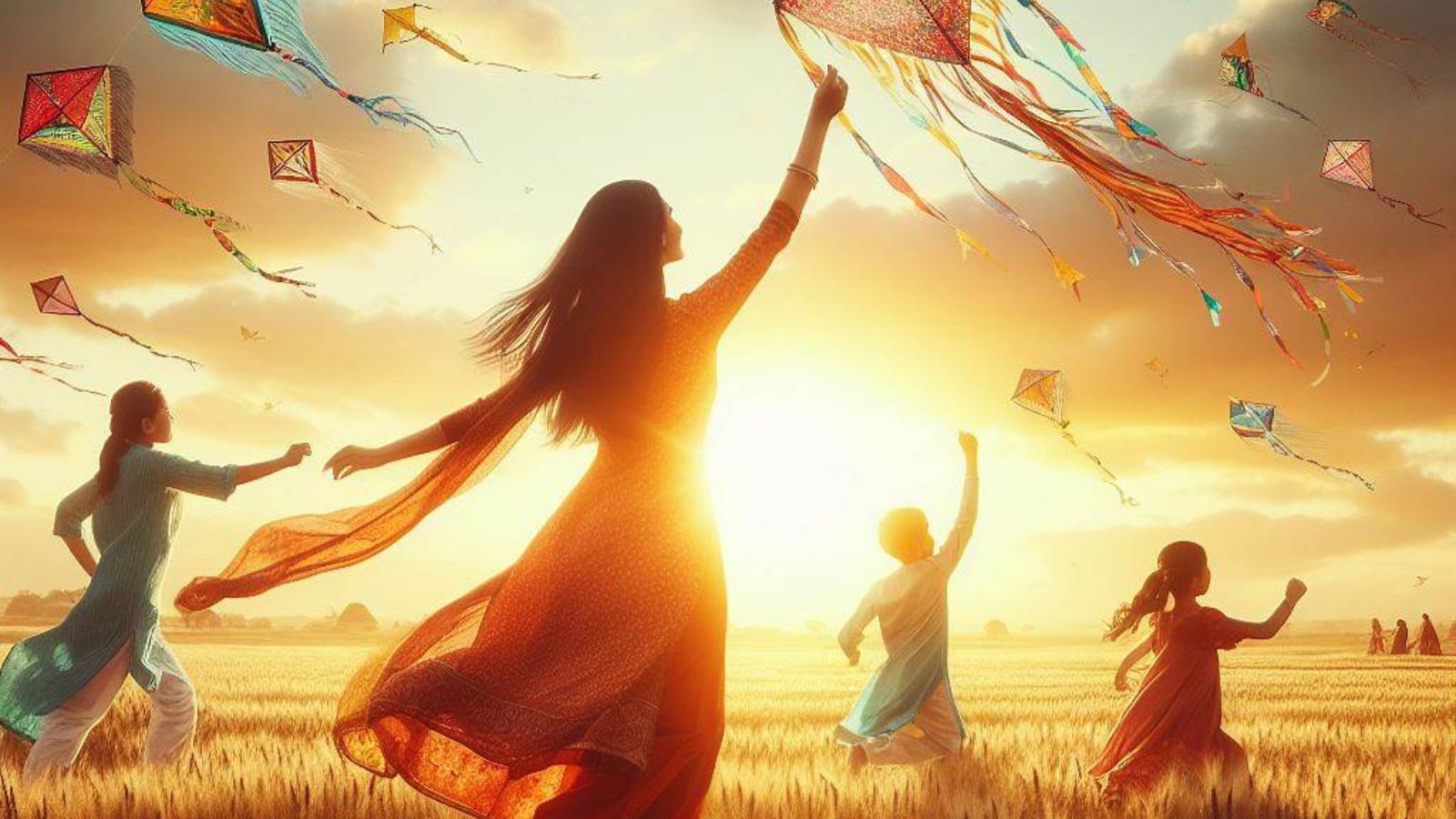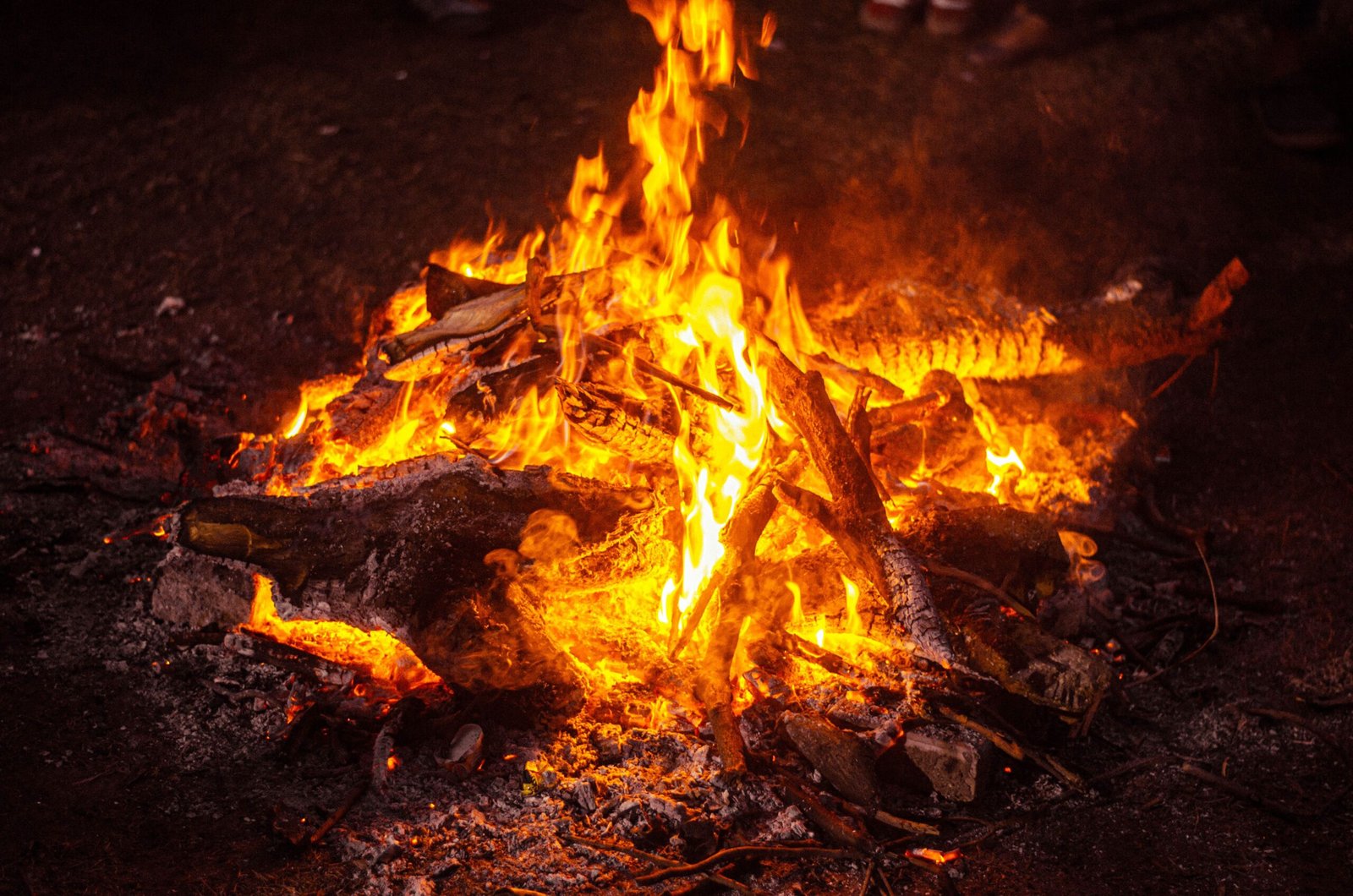Pongal is a four-day harvest festival celebrated by the people of Tamil Nadu, a state in South India. It is one of the most important and popular festivals of the Tamil culture, as it marks the end of the winter solstice and the beginning of the sun’s northward journey, known as Uttarayan. Pongal also signifies the gratitude and joy of the farmers and the people for the bountiful harvest and the prosperity bestowed by nature.
Pongal festival is a time of traditional rituals, cultural activities, social gatherings, and delicious delicacies. In this article, we will explore the rich cultural heritage of Pongal festival, the legends and mythology behind it, the four days of celebrations, the traditional recipes, the artistic display of Poompuhar, and the regional variations of Pongal in different states of South India.
Table of Contents
Exploring the Rich Cultural Heritage of Pongal Festival

Pongal festival derives its name from the Tamil word “pongu”, which means “to boil over” or “to overflow”. This refers to the ritual of boiling freshly harvested rice with milk and jaggery in a clay pot, until it overflows. This is done as an offering to the Sun God, who is the source of all life and energy on earth. The overflowing of the rice symbolizes the abundance and prosperity of the harvest, and the hope for a prosperous year ahead.
Pongal festival is also known as “Thai Pongal”, as it falls in the Tamil month of Thai, which corresponds to mid-January to mid-February in the Gregorian calendar. Pongal festival is celebrated by Tamils all over the world, irrespective of their religion, caste, or creed. It is a festival that showcases the rich and diverse culture of Tamil Nadu, and the ancient and timeless traditions of South India.
The Legends and Mythology behind Pongal: Connecting with Ancient Stories
Pongal festival is associated with several legends and myths that reflect the religious and cultural beliefs of the Tamils. One of the most popular legends is that of the Sun God worship. According to this legend, Lord Shiva once asked his bull, Nandi, to go to earth and tell the people to have an oil bath every day and eat once a month. However, Nandi got confused and told the people to have an oil bath once a month and eat every day. This angered Lord Shiva, who cursed Nandi to live on earth and help the farmers in ploughing the fields and harvesting the crops. To appease Lord Shiva, the farmers decided to worship the Sun God, who is the lord of all the planets and the giver of light and heat. They offered him the boiled rice with milk and jaggery, and thanked him for his blessings. This is how the tradition of Pongal festival began.
Another legend is that of Lord Krishna and Govardhan Hill. According to this legend, Lord Krishna lifted the Govardhan Hill with his little finger and protected the people of Vrindavan from the wrath of Lord Indra, the king of the gods. Lord Indra was angry with the people for not offering him any sacrifices, and decided to flood the village with heavy rains. Lord Krishna advised the people to worship the Govardhan Hill, which provided them with food, water, and shelter. He also told them to cook their food with the milk of their cows, and offer it to the hill. The people followed his instructions, and Lord Krishna saved them from the deluge. This is how the tradition of offering boiled rice with milk and jaggery to the Govardhan Hill, and later to the Sun God, started.
The Four Days of Pongal: Understanding the Rituals and Customs

Pongal festival is celebrated for four days, each day having its own significance and rituals. The four days are:
- Bhogi festival: This is the first day of Pongal, and it is dedicated to Lord Indra, the god of rain and thunder. On this day, people clean their houses and discard old and unwanted things. They also light bonfires with wood and cow dung cakes, and dance around them. This symbolizes the destruction of evil and the renewal of life. People also decorate their houses with mango leaves, banana stems, and colorful rangolis. They also wear new clothes and exchange gifts with their relatives and friends.
- Thai Pongal: This is the second day of Pongal, and it is the main day of the festival. On this day, people worship the Sun God and offer him the boiled rice with milk and jaggery, known as “pongal”. They also add cardamom, raisins, cashew nuts, and ghee to the pongal, and serve it on banana leaves. They also offer sugarcane, coconut, and turmeric to the Sun God. They also draw a kolam, a traditional geometric pattern, with rice flour and colored powders, in front of their houses. They also decorate their cows and bulls with bells, flowers, and paint, and take them to the temples or the fields. They also play games and sports with them, such as jallikattu, a bull-taming sport, and rekla, a bullock-cart race.
- Maattu Pongal: This is the third day of Pongal, and it is dedicated to the cows and bulls, who are considered as the helpers and friends of the farmers. On this day, people worship the cows and bulls, and feed them with pongal, fruits, and grass. They also apply kumkum, a red powder, on their foreheads, and garland them with flowers. They also thank them for their hard work and loyalty, and seek their blessings. They also sing and dance with them, and enjoy their company.
- Kaanum Pongal: This is the fourth and final day of Pongal, and it is a day of socializing and visiting. On this day, people visit their relatives and friends, and exchange greetings and gifts. They also visit the tourist spots, such as beaches, parks, and zoos, and have fun with their families and friends. They also perform a ritual called “Kaanum Pongal”, which means “to see each other”. In this ritual, women place the leftover pongal, turmeric, sugarcane, and betel leaves on a turmeric leaf, and pray for the well-being and prosperity of their brothers and husbands. They also sprinkle some water on the leaf, and look at the sky, hoping to see a kite or a bird. This is considered as a good omen, and a sign of happiness and harmony.
Delicious Delights of Pongal: Traditional Recipes to Savor During the Festival

Pongal festival is incomplete without the mouth-watering dishes that are prepared and enjoyed by the people during the four days of celebrations. Some of the traditional recipes that are associated with Pongal festival are:
- Sweet pongal: This is the main dish of the festival, and it is made with rice, milk, jaggery, ghee, cardamom, raisins, and cashew nuts. It is cooked in a clay pot, and offered to the Sun God. It is also distributed among the family members and the guests, as a symbol of sweetness and joy.
- Ven pongal: This is a savory version of pongal, and it is made with rice, moong dal, ghee, cumin seeds, black pepper, curry leaves, and ginger. It is a spicy and flavorful dish, and it is served with coconut chutney and sambar, a lentil-based vegetable stew.
- Sakkarai pongal: This is another sweet dish, and it is made with rice, moong dal, jaggery, milk, ghee, cardamom, and edible camphor. It is a rich and aromatic dish, and it is served with ghee and roasted cashew nuts.
- Avial: This is a mixed vegetable curry, and it is made with coconut, yogurt, green chilies, curry leaves, and a variety of vegetables, such as carrots, beans, potatoes, drumsticks, yam, and plantain. It is a nutritious and delicious dish, and it is served with rice or pongal.
- Payasam: This is a dessert, and it is made with milk, rice, vermicelli, sugar, ghee, cardamom, saffron, and dry fruits. It is a creamy and sweet dish, and it is served hot or cold.
Poompuhar – The Decorative Artistic Display during Pongal Celebrations
Poompuhar is a traditional artistic display that is done during Pongal festival, especially in the rural areas of Tamil Nadu. Poompuhar is a miniature model of a village, made with clay, cow dung, and natural materials, such as grass, leaves, flowers, grains, and fruits. It depicts the various aspects of the village life, such as the houses, the temples, the fields, the ponds, the wells, the animals, the people, and the activities.
Poompuhar is a way of showcasing the creativity and the culture of the villagers, and also a way of expressing their gratitude and reverence to nature and the gods. Poompuhar is usually placed in the courtyard or the veranda of the houses, and it is decorated with colorful rangolis and kolams. It is also visited and admired by the neighbors and the visitors, and it is a source of pride and joy for the villagers.
Regional Variations of Pongal Celebrations in Different States of South India
Pongal festival is celebrated in different ways in different states of South India, reflecting the diversity and the unity of the region. Some of the regional variations of Pongal celebrations are:
- Karnataka’s Makar Sankranti celebrations: In Karnataka, Pongal festival is known as Makar Sankranti, and it is celebrated on the same day as Thai Pongal. On this day, people worship the Sun God and offer him pongal, sesame seeds, jaggery, and sugarcane. They also exchange these items with their relatives and friends, as a symbol of goodwill and friendship. They also fly kites and enjoy the pleasant weather. They also celebrate the cattle festival, known as “Kichchu Haayisuvudu”, in which they decorate their cows and bulls with flowers and colors, and make them jump over a bonfire. This is done to ward off evil and bring good luck.
- Andhra Pradesh’s Sankranti festival: In Andhra Pradesh, Pongal festival is known as Sankranti, and it is celebrated for four days, similar to Tamil Nadu. However, the names and the rituals of the four days are slightly different. The first day is called “Bhogi”, and it is similar to Bhogi festival in Tamil Nadu. The second day is called “Pedda Panduga”, and it is the main day of the festival. On this day, people worship the Sun God and offer him pongal, sesame seeds, jaggery, and sugarcane. They also decorate their houses with mango leaves, flowers, and rangolis. They also wear new clothes and visit their relatives and friends. The third day is called “Kanuma”, and it is dedicated to the cows and bulls, similar to Maattu Pongal in Tamil Nadu. The fourth day is called “Mukkanuma”, and it is a day of relaxation and enjoyment. On this day, people play games and sports, such as cockfights, bullfights, and kite flying. They also eat non-vegetarian food, such as chicken, mutton, and fish, which they abstain from during the previous three days.
- Kerala’s Vishu festival: In Kerala, Pongal festival is known as Vishu, and it is celebrated on the first day of the Malayalam month of Medam, which corresponds to mid-April in the Gregorian calendar. Vishu marks the beginning of the new year in Kerala, and it is a festival of prosperity and happiness. On this day, people wake up early and see the “Vishukkani”, which is an auspicious sight of a tray filled with items such as rice, fruits, vegetables, flowers, gold, coins, and a mirror. They believe that seeing the Vishukkani will bring them good luck and fortune throughout the year. They also worship Lord Krishna, who is the presiding deity of Vishu, and offer him pongal, payasam, and other delicacies. They also wear new clothes and receive “Vishukkaineetam”, which is a gift of money from the elders. They also burst firecrackers and enjoy the festive mood.
Check out our blog post on Sankranti: The Festival of Harvest and Renewal.
Conclusion: Joyous Celebrations and Cultural Unity during the Auspicious Occasion of Pongal
Pongal festival is a joyous celebration of harvest and prosperity, and a tribute to the rich and diverse culture of South India. It is a festival that brings people together, and strengthens the bonds of love and harmony. It is a festival that honors the nature and the gods, and expresses the gratitude and happiness of the people. It is a festival that showcases the ancient and timeless traditions of South India, and the vibrant and colorful spirit of the people. Pongal festival is a festival that celebrates life and its blessings, and spreads the message of peace and joy to the world. 🙏














